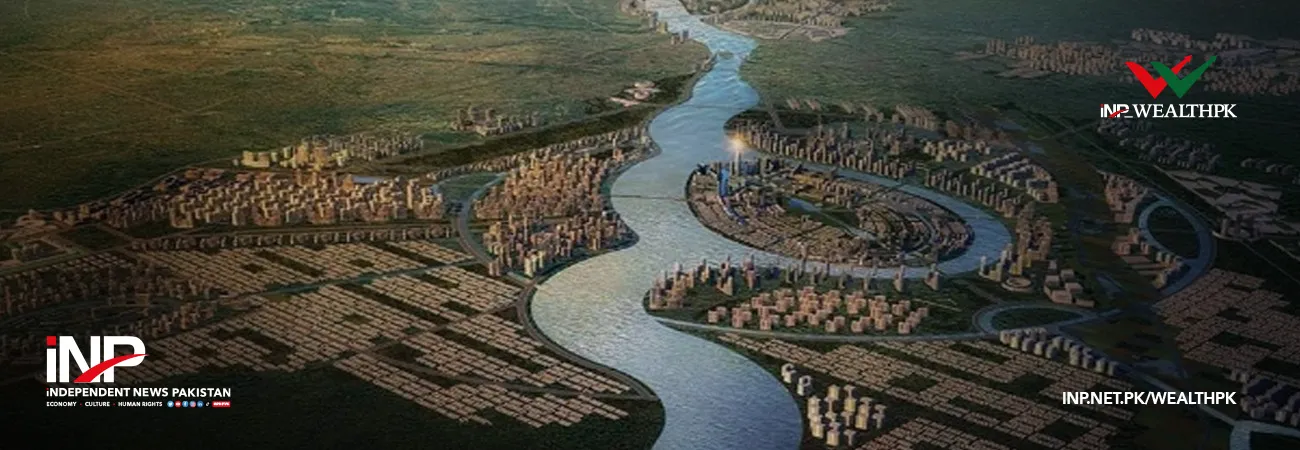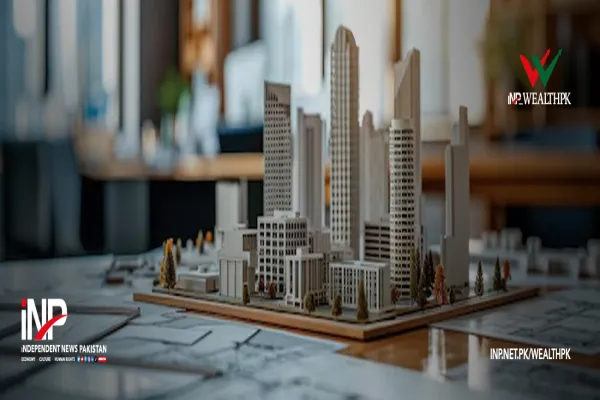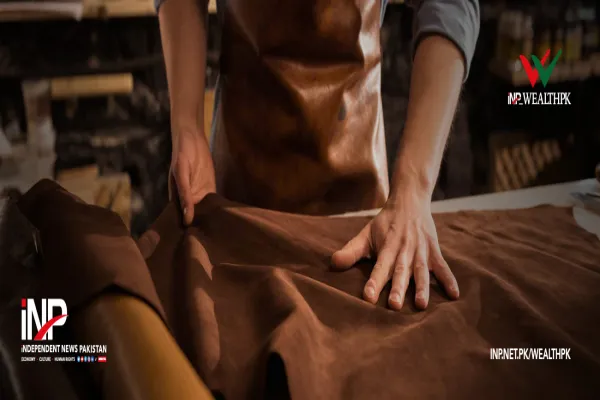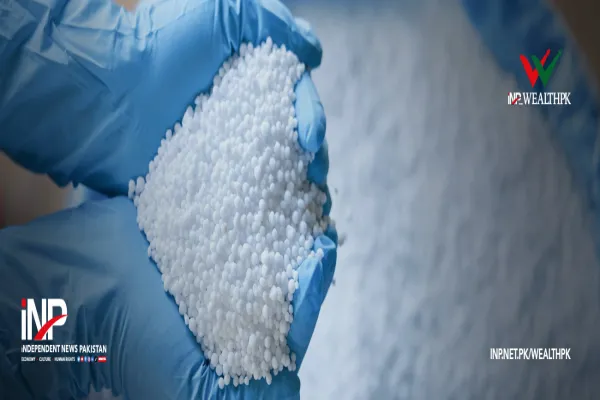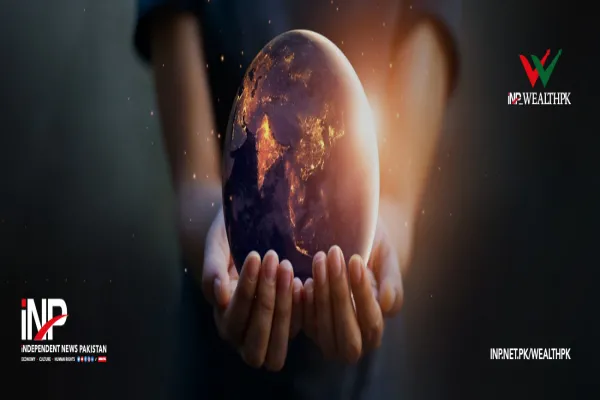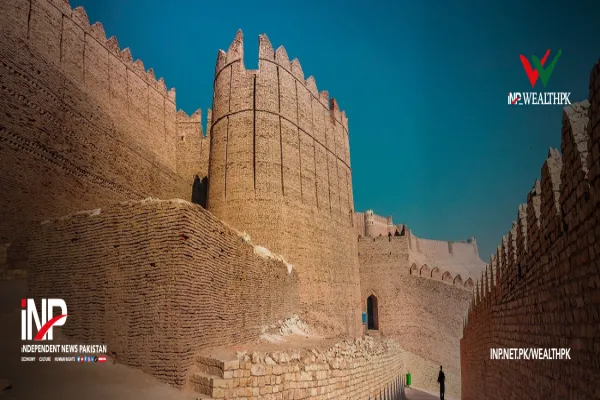i INP-WEALTHPK
Muhammad Luqman
Pakistan is developing its first riverfront city—Ravi City—along the River Ravi near Lahore, aiming to modernize urban development in line with international trends.
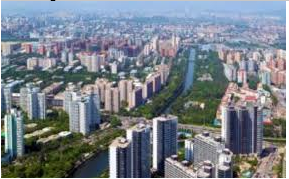
With this project, Pakistan joins the ranks of countries boasting iconic riverfront cities, such as Paris (France), Cairo (Egypt), Quebec (Canada), Rome (Italy), New York (USA), London (UK), Shanghai (China), Berlin (Germany), and Moscow (Russia).
Originally envisioned as a solution to Lahore’s mounting urban sprawl and environmental issues, this ambitious project aims to transform the region into a sustainable, technologically advanced, and eco-friendly metropolis.
Launched under the Ravi Urban Development Authority (RUDA), Ravi City will cover over 100,000 acres and is planned to include residential zones, commercial districts, educational institutions, healthcare facilities, forest belts, and recreational areas—all integrated through smart infrastructure.
“Phase one of the residential block, Chaharbagh, is nearing completion, while development work on phase two is already underway,” said RUDA spokesperson Sher Afzal Butt. He said that the construction of a 2.5-kilometer-long bridge over the River Ravi is currently in progress.
“This iconic bridge, expected to be completed within the next 12 months, will significantly improve connectivity between Ravi City and Lahore, thereby boosting economic activity,” he added.
In addition to this, RUDA has initiated several infrastructure and communication projects to seamlessly connect Ravi City to Lahore. Among the most notable is a 300-foot-wide, nine-kilometer-long expressway, which will begin at Chaharbagh and terminate across the river.
Sher Afzal Butt highlighted that Ravi City is designed to become Pakistan’s first environmentally sustainable and livable urban center. A key feature of the project is the revival and channelization of the Ravi River, which has long suffered from severe pollution and unchecked encroachment.
Urban development experts believe that, once fully realized, Ravi City could play a significant role in addressing Lahore’s urban planning challenges.
“It has the potential to redistribute Lahore’s population, as it is designed to accommodate a large number of residents and could, in theory, absorb future urban growth,” said Dr. Ejaz Ahmad, senior research fellow at the Institute of Urbanism, Islamabad.
Talking to WealthPK, Dr. Ahmad warned that the project might unintentionally generate new demand rather than ease existing pressure on the city.
“RUDA appears to be focusing on luxury and upscale housing, which may attract affluent newcomers or overseas investors more than existing residents needing affordable relocation,” he noted.
Dr. Ahmad further pointed out that the current development trends indicate a strong preference for elite housing, with limited space allocated for low-cost residential units.
“Even the affordable housing components occupy a relatively small share of the land, which significantly limits the scale of this crucial segment,” he added.
He also voiced concern over the project’s impact on fertile agricultural land in the Lahore and Sheikhupura districts, citing risks to local farming, food security, and rural livelihoods. “The government must take these factors into account as the project moves forward,” he emphasized.
Nonetheless, experts agree that if executed transparently, inclusively, and sustainably, Ravi City could become a blueprint for future smart cities in Pakistan, while also helping preserve the ecological integrity of the Ravi River.
Credit: INP-WealthPk


